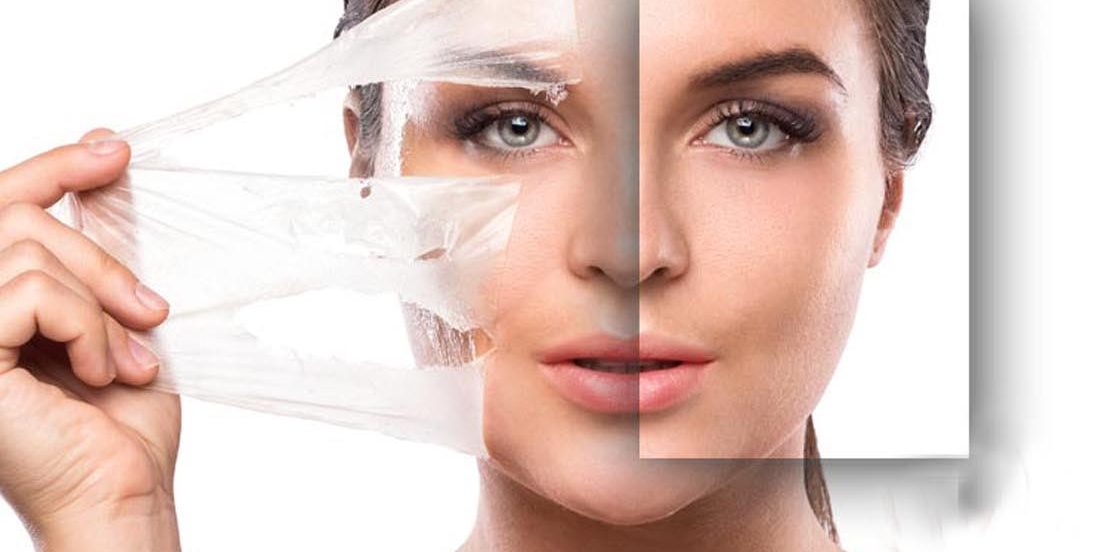
Skin rejuvenation with chemical peels
The goal of chemical peel skin resurfacing is to give the ageing face a more youthful and rested appearance. This activity examines the evaluation and management of patients undergoing a chemical peel and describes the role of the inter professional team in improving care for these patients.
A chemical peel removes layers of skin with a chemical solution, revealing the more youthful skin beneath. Chemical peels can help to reduce or improve fine lines and wrinkles, acne, scars, uneven skin tone, and other skin flaws. The depth of your peel and the type of skin condition treated are determined by different chemicals.
Chemical peels are most commonly used on the face, neck, and hands. They can assist in lowering or improving
1. Sun damage, ageing, and hereditary factors all contribute to fine lines and wrinkling around the eyes and mouth.
2. Acne of certain types.
3. Scarring is minor.
4. Sun spots, age spots, liver spots, freckles, and uneven skin colouring are all examples of skin imperfections.
5. Actinic keratosis refers to precancerous scaly spots.
6. Rough skin, scaly patches, and a drab complexion
7. Melasma (dark patches) caused by pregnancy or birth control pills.
Chemical peels are classified into three types
Superficial or lunchtime peel
Alpha-hydroxy acid or another mild acid is used to gently exfoliate the skin's outer layer. The treatment is used to refresh the face, neck, chest, and hands, as well as to improve the appearance of mild skin discoloration and rough skin.
Medium peel
Glycolic or trichloroacetic acid is used to remove damaged skin cells by penetrating the outer and middle layers of skin. The treatment can help with age spots, fine lines and wrinkles, freckles, and moderate skin discoloration. It can also be used to smooth rough skin and treat certain precancerous skin growths such as actinic keratosis.
Deep peel
Trichloroacetic acid or phenol is applied to the skin's middle layer to remove damaged skin cells. The procedure removes fine lines, age spots, freckles, and shallow scars. Patients will notice a significant improvement in the appearance of their skin. The procedure is used on the face and can only be done once.

